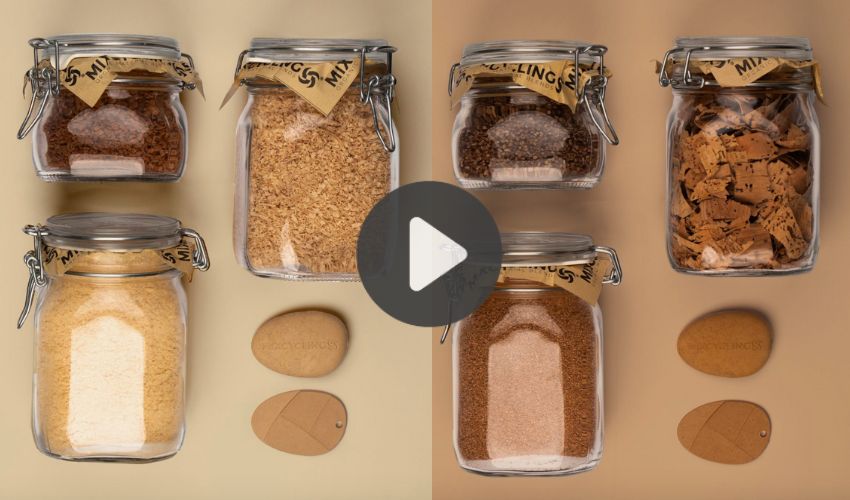Top 5: How Could 3D Printed Biocomposites Change 3D Printing?

For this week’s Top 5, learn from five informative videos on additive manufacturing! First, take a look at 3D printed biocomposites, made with materials like cork, wood, bamboo, coconut, and even denim! Then, see how researchers at Georgia Tech are 3D printing bioresorbable heart valves. Third, check out how Visiontech is using DLP technology to create multihead scrolling machines, and fourth, catch up on how Emergent 3D plans to 3D print homes in Los Angeles. Finally, learn how Renishaw is providing solutions for Mott Corporation to make filtration and flow control components. Happy watching!
Top 1: 3D Printed Recycled Biocomposites
Breton is an Italian multi-sector industrial group that builds and designs machines and plants for diverse technologies, including large-scale additive manufacturing. In this video, discover how the company uses recycled bio-composites companies to reduce waste and costs while maintaining high performance. Combining Mixcycling eco-friendly materials and the expertise of Stylplex, Breton pushes sustainable additive manufacturing to the next level. Discover what kind of materials Mixcycling creates, and how they make an impact, below:
Top 2: 3D Printed Bioresorbable Heart Valve
Georgia Tech researchers 3D printed a bioresorbable heart valve that promotes tissue regeneration! This could eliminate the need for repeated surgeries and offer a transformative solution for both adult and pediatric heart patients. Over five million Americans are diagnosed with heart valve disease every year, so this technology has the potential to impact millions of Americans. Learn more about this incredible research on 3D printing here:
Top 3: Visitech’s Multihead Scrolling Technology for Mass Production
Visitech is a DLP systems company that manufactures high-performance solutions for direct imaging lithography and additive manufacturing subsystems. Now, the company is creating a true mass-production additive manufacturing solution using scrolling light engines. This multiplies the build area per photo head, enabling a machine builder to have a large build space with micrometer accuracy without compromising cost or throughput. What does this mean? A manufacturer could theoretically utilize a print bed of any size that the photoheads can traverse.
Top 4: Emergent 3D Plans to 3D Prints Homes in Los Angeles
In the face of wildfires, 3D printed homes have the potential to save lives. One Northern Californian company, Emergent 3D, has already 3D printed several fire-proof homes out of concrete in Redding. Now, the company already has its first contract with a family in Los Angeles and has plans to do further construction in the city. Learn more about the 3D printing process, and how it has promise to help those affected by the fires, here:
Top 5: AM Brings Flexibility to Filtration and Flow Control
Filtration and flow control systems frequently rely on specially designed components that minimize pressure drop and energy consumption. However, these complex geometries can be challenging or even impossible to create using conventional manufacturing methods. To expand the possibilities for producing these components, global engineering technology company Renishaw provided Mott Corporation with its latest RenAM 500S Flex machine. Discover the benefits of the partnership in the video here!
What do you think of the potential of 3d printed biocomposites? Let us know in a comment below or on our LinkedIn, Facebook, and Twitter pages! Don’t forget to sign up for our free weekly Newsletter here, the latest 3D printing news straight to your inbox! You can also find all our videos on our YouTube channel.
*Cover Photo Credit: Organic materials that form biocomposites. Credit: Mixcycling






